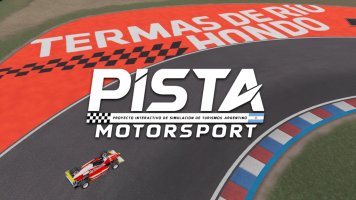So for a lot of people, they won't care of needing a software-only-based solution that has still yet to be tried/tested on multiple soundcards and on multiple peoples systems or if Win11 adds further complications down the road.
By virtue of how this works, the sound card being used is irrelevant.
Equalizer APO simply takes the SimHub signal and applies filtering before the signal even reaches the sound card.
Easy peasy, lemon squeezy

This is a very good solution, has a very tiny CPU footprint and should have nearly zero latency. The breath of signal processing it supports is pretty advanced.
There are still people actively involved with this project and when Windows 11 if finally released, it will either work because Windows in their final release decided to maintain compatibility or they will update the software.
DSP processing in an amplifier is a great feature when you are using these amplifiers on the road with a band. The sound engineers get things dialed in and throw them in the van and set them up at the gig. That's the use case.
If I were ever using my amplifier by itself it could be a must have feature. However since I can't use my sim without firing up my powerful modern gaming computer, and that computer has cores to spare idling, I consider the setup of Equalizer APO miniscule compared to everything else.
Right now I'm running:
iRacing
Trading paints - for liveries
VRS telemetry logger - for virtual racing school comparisons
Crew Chief
Steam Virtual Reality
NLRv3 Motion System
SimCommander to control G-Belt actuators
SimHub for tactile
Sometimes Discord
Equalizer APO is a tiny tiny load compared to any of these.
An earlier complaint was that there was no documentation for this, and I'm going to fix that issue making this an easier option for people to consider.
Now that I found out there are no limitations in driving as many sound cards as you want with this software and it is a viable option for any filtering we could need, this should be seen as just another option that you can choose to use or ignore.
No one is forcing anyone to give up their DSP amplifiers.
This is all good. There is no downside to having another powerful tool that works.
Maybe I'll come up with a way to fit a large BK in there eventually, but I haven't found anything I'm happy with.











